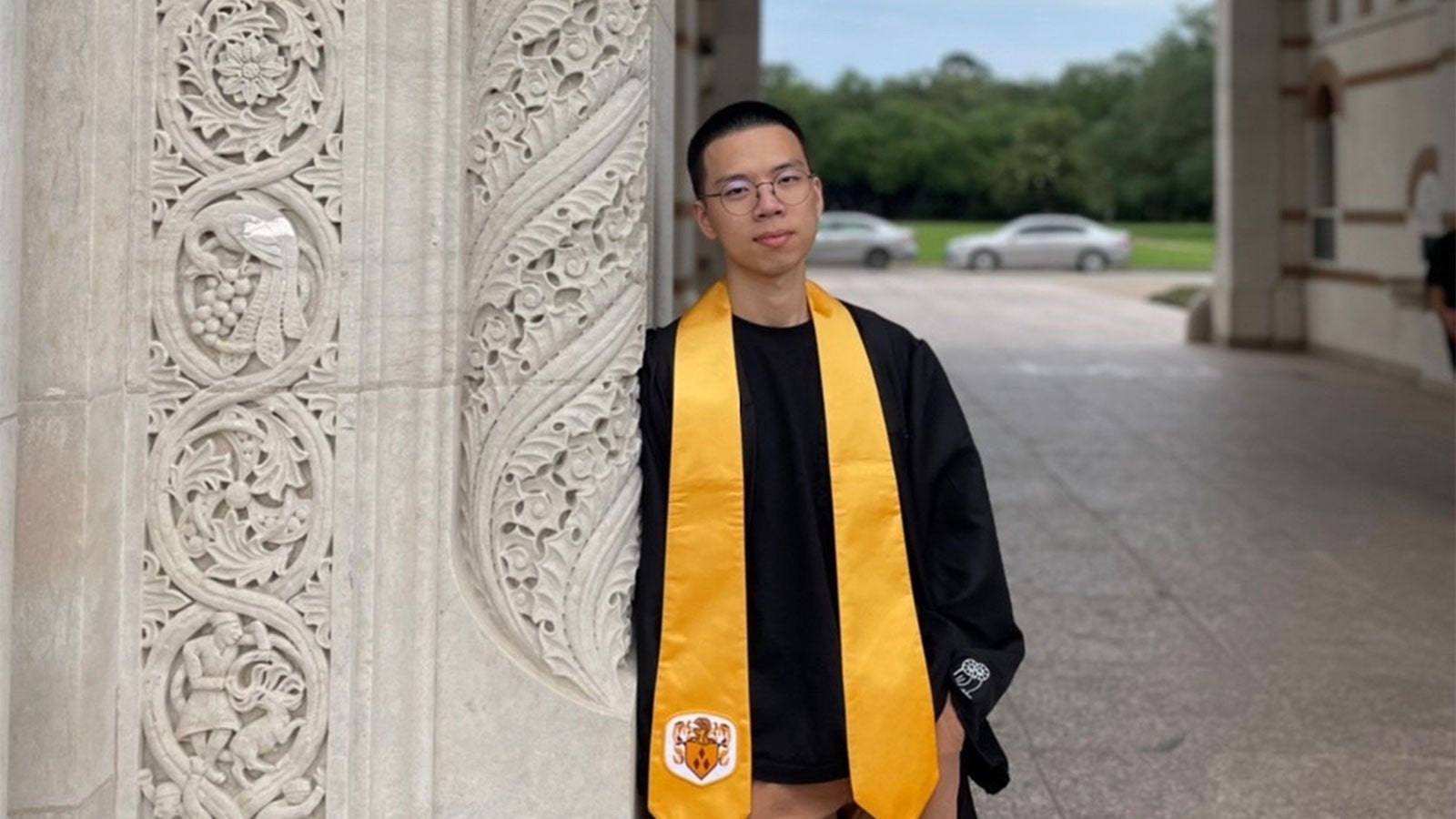As an undergraduate at Rice, Chawit “Poom” Kritpracha ’23 devised computational models to help children recovering from heart surgery, and now his paper describing that work has been published in a peer-reviewed journal.
“While we strongly encourage our majors to do research projects with the faculty, it’s rare that the research results in a refereed journal publication,” said Beatrice Riviere, Noah Harding Chair and Professor of Computational Applied Mathematics and Operations Research (CMOR) at Rice.
“Poom was able to accomplish this. We provided guidance on the research but Poom was the main driver in obtaining the results and writing the manuscript, which is also a big accomplishment.”
Kritpracha’s article, “Predicting the effects of surgically determined parameters on exercise tolerance in Fontan patients,” has been published in Medical Engineering and Physics. He earned his B.A. in computational and applied mathematics last year from Rice and is doing doctoral work in applied mathematics at the University of Colorado at Boulder.
A native of Thailand, Kritpracha joined Riviere’s research group as a junior. Charles Puelz, assistant professor of pediatrics-cardiology at Baylor College of Medicine, asked them to construct a model for predicting the cardiac behavior of Fontan patients while they are exercising.
The Fontan procedure is a surgical technique used in children with only a single functioning ventricle in their hearts. The surgeon diverts venous blood from the inferior vena cava and superior vena cava to the pulmonary arteries.
“Dr. Puelz and I had worked in the past on blood flow modeling for Fontan patients but we did not investigate the impact of exercise and its relation to some surgical procedures that Fontan patients undergo,” Riviere said. “Poom modeled exercise tolerance in these young children.”
Fontan surgery eventually entails the reconstruction and connection of the aorta to the single ventricle and connecting the vena cavae to the pulmonary arteries. Kritpracha sought to model how the Fontan circuit is affected by exercise and create efficient numerical algorithms to solve such models.

